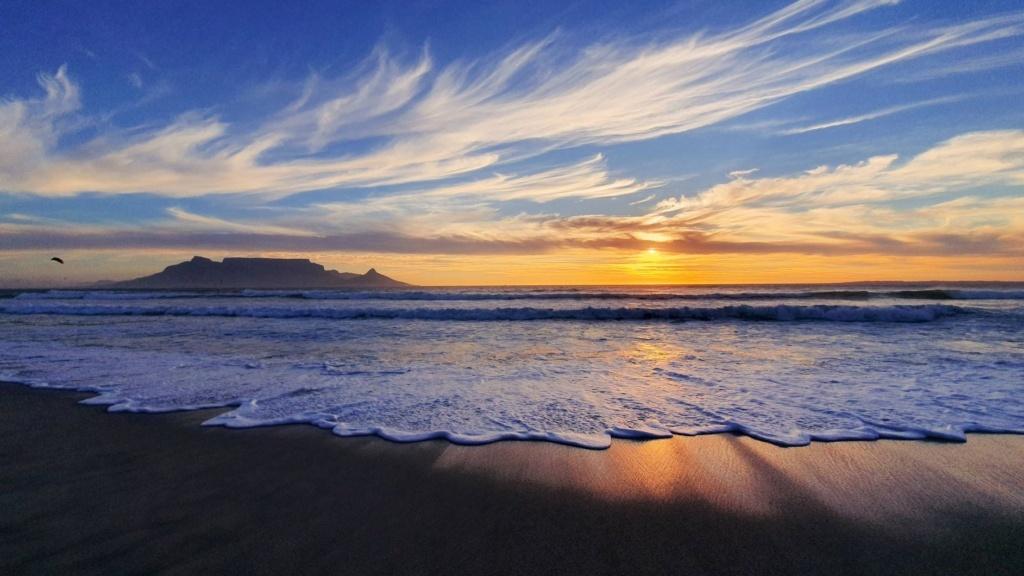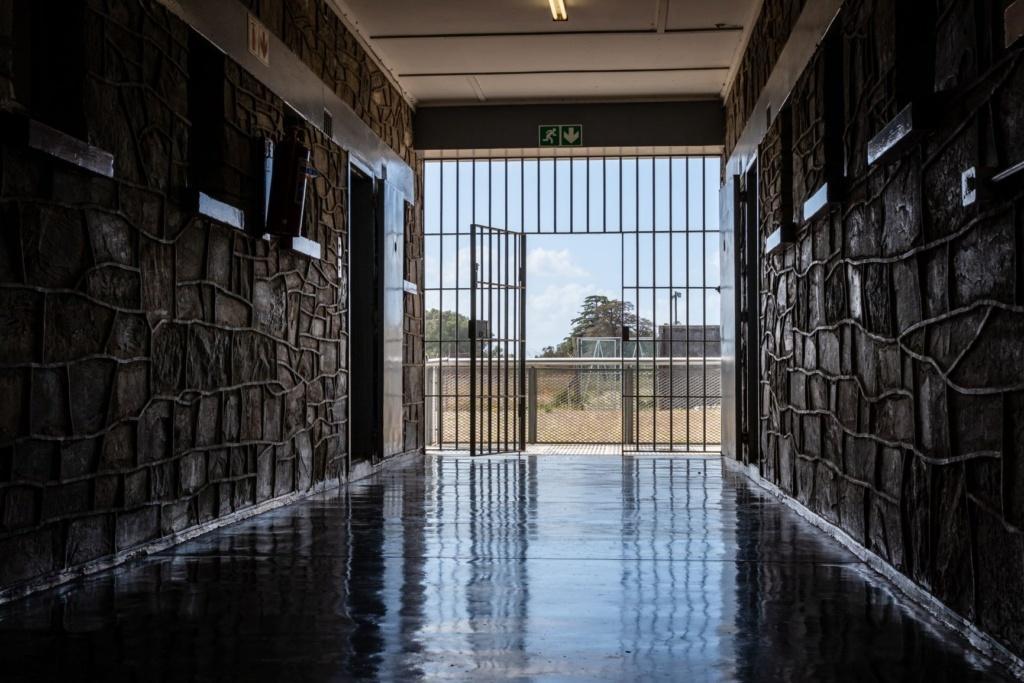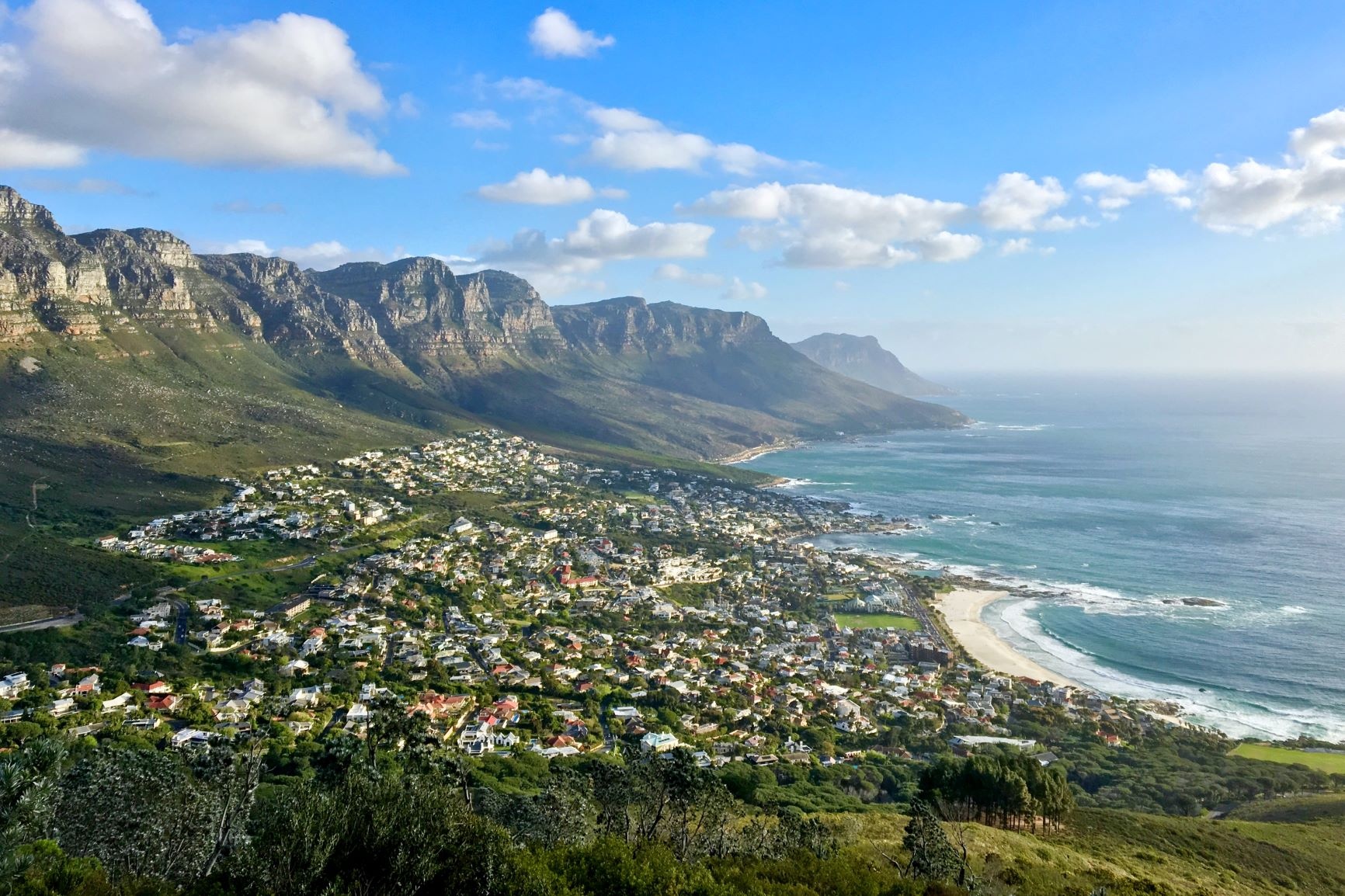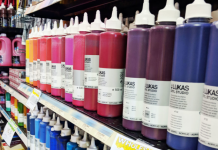After Cape Town lived in South Africa for a while, it was always the “fun place to go”. But it is so much more than that. For tens of thousands of years the area around Cape Town was inhabited by the Khoe people. The earliest inhabitants of South Africa, allegedly descended from the region’s “Bushmen”, lived mainly in what is now known as the Peers Cave in the suburb of Fish Hoek. Although little is known about them, the first Europeans to explore the area were the Portuguese in 1488 and then again in 1497 when maps began to officially name the area “Cape of Good Hope” because of the establishment of the sea passage from Europe to India. In the 16th century, several European powers stopped in the area to trade with the Khoe on their way to and from Asia. In 1652 the Dutch established a permanent settlement under the Dutch East India Company, and a permanent fortress and trading post were built, but growth was slow due to a labor shortage. Under the Anglo-Dutch Treaty of 1814, the British took over the colony until 1960 when it became the Republic of South Africa.
Like many other former British colonies, the region’s history is a bit dirty. Cape Town was one of the most racially integrated places in the country and then became one of the most segregated places with the introduction of apartheid and the incarceration of political dissidents on Robben Island. While the scars are still visible, Cape Town is one of the region’s biggest tourist hotspots. It has a mild climate for most of the year, with stunning beaches, great food, and notable attractions. The city itself is modern and cosmopolitan and at the same time surrounded by natural features such as mountains, parks and lots of green spaces. It’s an eclectic mix of modern Africa and Europe that is not afraid of their natural environment. Set off and explore one of the largest cities in Africa and visit Cape Town.
See where it all started in the castle
The Castle of Good Hope, officially known as the Castle of Good Hope or just “the Castle” by locals, is the oldest surviving building in the country. The structure was built between 1666 and 1679 and replaced the original “Fort de Goede Hoop” by Jan Van Riebeeck, the country’s first Dutch administrator. The fortress was originally located on the coast, but in the years that followed, land reclamation efforts have moved the fortress further inland. The fort itself is a piece of living history as the fort was an important fortress during the escalating tensions between the British and Dutch in the 18th century and then used as a prison during the Second Boer War. The bell tower above the main entrance also houses the oldest bell in South Africa, which was cast in Amsterdam in 1697. The castle now houses a museum and some intact former prison cells, one of which belonged to the notorious spy Fritz Joubert Duquesne.
The Castle of Good Hope is considered a haunted place and is usually referred to as one of the most haunted places in the world.
Get an aerial view of the city
Cape Town forms the so-called “City Bowl”. From a bird’s eye view, the city sits in a natural amphitheater-like shape flanked on one side by Table Bay, and the peaks of Signal Hill, Lion’s Head, Table Mountain, and Devil’s Peak give the city a bowl-like shape. Table Mountain is one of the highest peaks and offers an amazing perspective of the city and the coast. The cable car ride up the mountain gives you a leisurely ride up to the top with some more views as you get higher and higher, but there is also an option for the more physically able to hike. If you choose to go up there are designated trails but no one is going to judge you if you choose to take the cable car. The nearby Lion’s Head is also a great option for a hike with panoramic views and less strenuous activity.
Immerse yourself in nature in Kirstenbosch
The Kirstenbosch lies around the slope of Table Mountain. When Cape Town was settled by both the Dutch and the British in its early days, various types of plants and flowers were brought from Europe and other colonies. The imported plants served a purpose like rooikrans to stabilize the Cape Plains and eucalyptus from Australia to drain swamps. The Kirstenbosch is the spiritual successor to all of this, with 1,300 hectares of land dedicated to a huge botanical garden. Stroll along the canopy on the so-called “boomslang” (or tree snake) and take a few pictures and do a little bird watching. Spend a moment in the Protea Garden, a room dedicated to South Africa’s national flower.
Learn to surf in Muizenberg
Both surfing lovers and amateurs will tell you that a great way to relax after a long day is to go to the beach and ride the waves. Cape Town has many great beaches and some of the best surfing spots on the continent, and one of the best spots is here in Muizenberg. Whether you’ve surfed before or it’s your first time on a board, you’ll get the basics down in no time and all you need is a swim suit and sunscreen. All ages and abilities are welcome, and an hour and a half of practice and training is only about $ 20.
Spend a day on the beach
If surfing is not your thing and you prefer to hang out on the beach and swim a little and sunbathe, then you’ve come to the right place, because Cape Town is a beach town. For the people of the Northern Hemisphere, don’t forget that the summer months here are December, January and February, with the high point being around the New Year. Winter runs from June to August and although it is a little wet, the temperature rarely drops below 15 ° C during the day.
The beaches around False Bay are some of the most popular for swimming, with much calmer waters and hotter temperatures. St. James has some very picturesque tidal pools, while beaches like Clovelly and Fish Hoek have sheltered coves and soft white sand. If you wanna go they are natural Sandy Bay Beach is one of the most popular nude beaches in the area and a great spot for LGBT tourists.
If surfing or sunbathing is your thing, then definitely check out Boulders Beach. The rough sand and rocky banks are not suitable for sunbathing or swimming and the water is too cold anyway. So why go Because the place is home to hundreds of African penguins. The penguin colony is part of the conservation park’s efforts and so there is a small fee to enter this area, but the penguins are friendly, cute, and you can waddle in the water with them. Just don’t get it also shut down.

When spending a day at the beach in Cape Town, you can never go wrong.
Learn about the complex history of Robben Island
Against the complex background of South Africa’s racial history, Robben Island is at the heart of the ordeal. Robben Island is a small land mass visible from the Cape Town coast in Table Bay. For many years it was used by my Portogue navigators, then by the Dutch as a place to keep animals without fear of predators. Over the years the island has been used as a whaling station and leper colony, although it was used as a prison as early as the 17th century. In 1960 the island became a full-time maximum security prison. Used by the South African government to detain mainly political prisoners and anti-apartheid activists.
In 1991 the prison closed and in 1999 it became a UNESCO World Heritage Site and Museum, where now thousands of people take the ferry to the island every year to learn about the country’s past and to learn about some of the people who once upon a time were locked up there. The island’s most notable prisoner was undoubtedly Nelson Mandela, who served much of his 28-year sentence here. In addition to Mandela, the prison also included Mac Maharaj, Ahmed Kathrada, Mosiuoa Lekota, Govan Mbeki, Walter Sisulu, Jacob Zuma and Robert Sobukwe, all of whom played a crucial role in the overthrow of apartheid and the transition of South Africa to a democracy.

A tour of Robben Island is a moving experience not to be missed.
Explore the colorful neighborhood of Bo-Kaap
The diversity of a country is reflected in its food scene. The Bo-Kaap area reflects both the country’s past and its diverse culture. Bo-Kaap is southwest of downtown, which was historically the home of the city’s Malay community. Most of them are Muslim descendants of Southeast Asian slaves. The neighborhood is colorful with buildings and houses that are all a different color, and the views over Cape Town itself are pretty good from here. The area is full of interesting sights like Atlas Trading, an old school spice shop where you can stock up on almost anything. Or just tell them what you want to cook and mix something for you on site. The Bo Kaap Museum displays a traditional wealthy Muslim family home as it might have looked in the 19th century. Strolling around town by yourself is a joy in itself, there are plenty of quaint little shops and cafes in the area, all of which offer fairly cheap street food like curries, dried fruits, and meat dishes.
Enjoy the braai cuisine
Summers in South Africa can be long and hot. When it’s too sunny and hot outside to light up the stove and toil over a hot stove, the braai is there. Not to be confused with a barbecue, it is not, braai culture is something completely different and in a country that has had its racial segregation problems the only thing that unites almost all South Africans is braai. The braai is a kind of grill, but more than just a social custom. The term comes from Afrikaans “braaivleis”, which roughly translated means “grilled meat”. Braai culture may appear similar to barbecuing in North America, but it is not. Braais are a casual event where much of the food takes place near the braai itself. Chicken, lamb, steak, and pork chops are popular dishes, but braai wouldn’t be a braai without some South African specialties like boerewors, sosaties, and plenty of Castle Lager to wash it down. Whether it’s Christmas, graduation or just a normal Tuesday, there is no bad reason to heat up the grill.
Cape Town is the city of sunny skies, delicious food and great surroundings. It’s the kind of city that makes you want to be outside, soak up the sun and enjoy everything it has to offer. Spend some time on the beach, hiking the hills, then enjoy an evening braai with the sunset in the distance.










